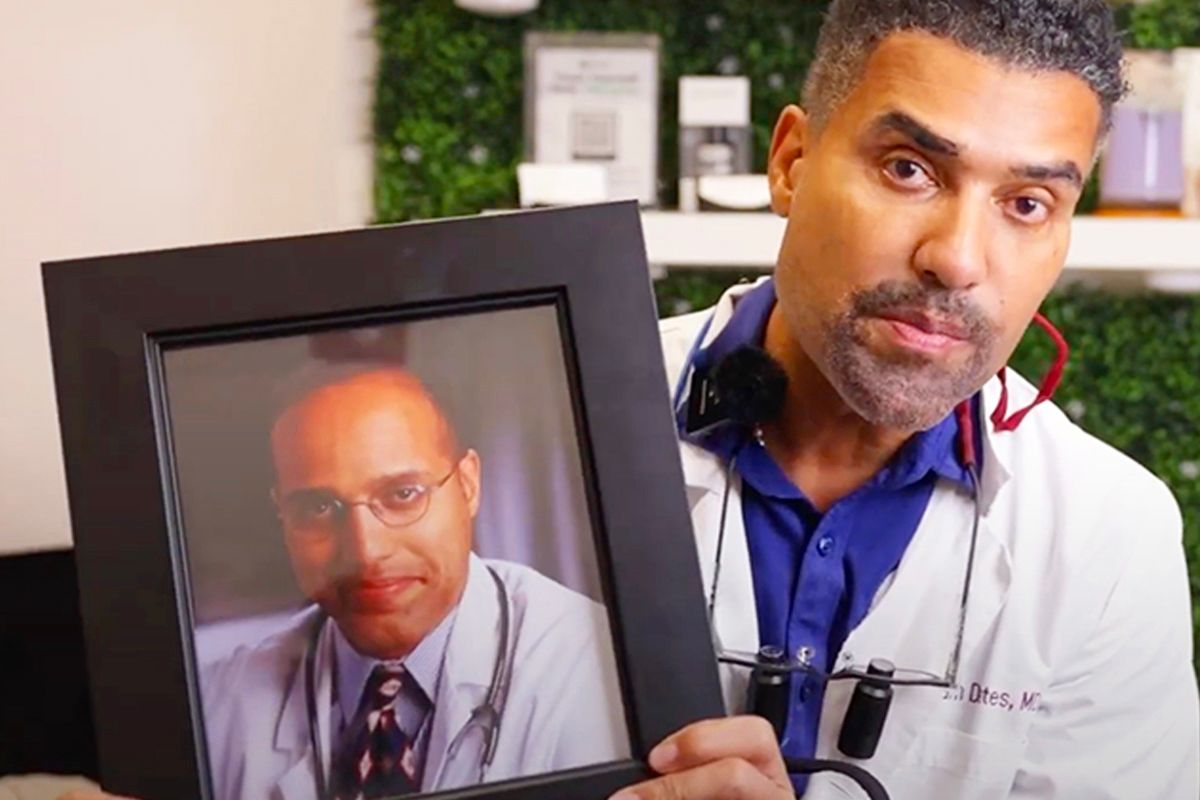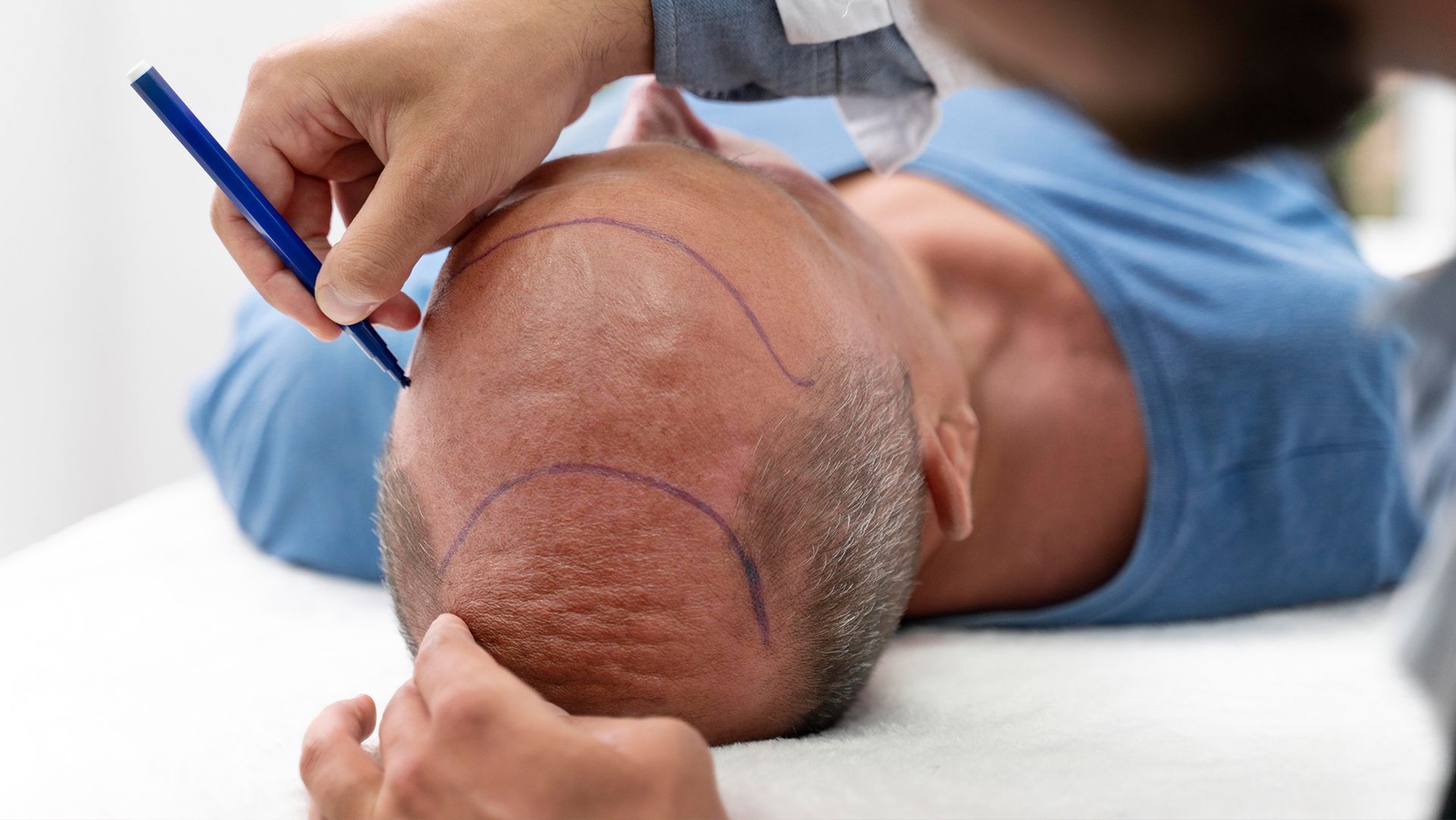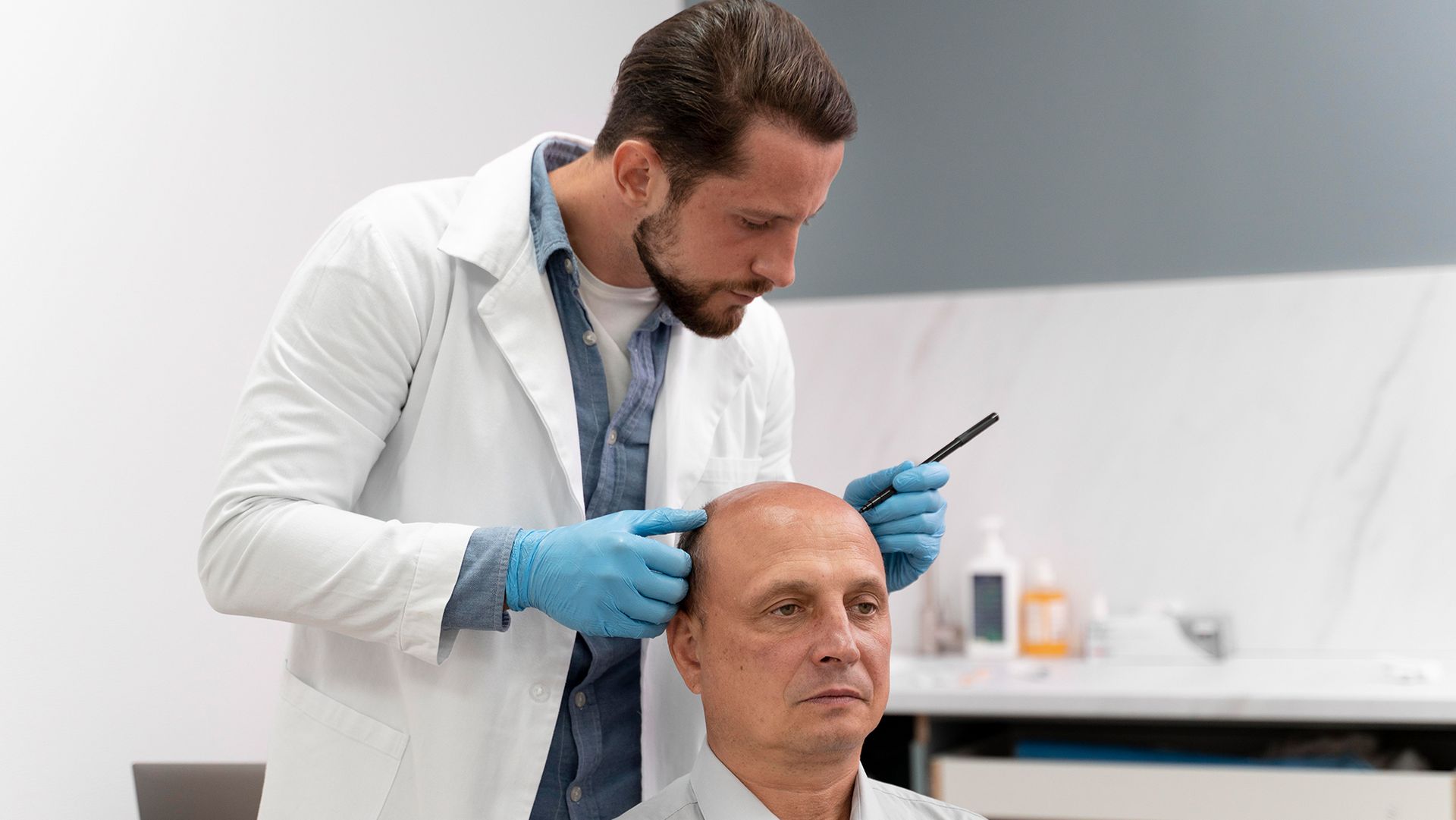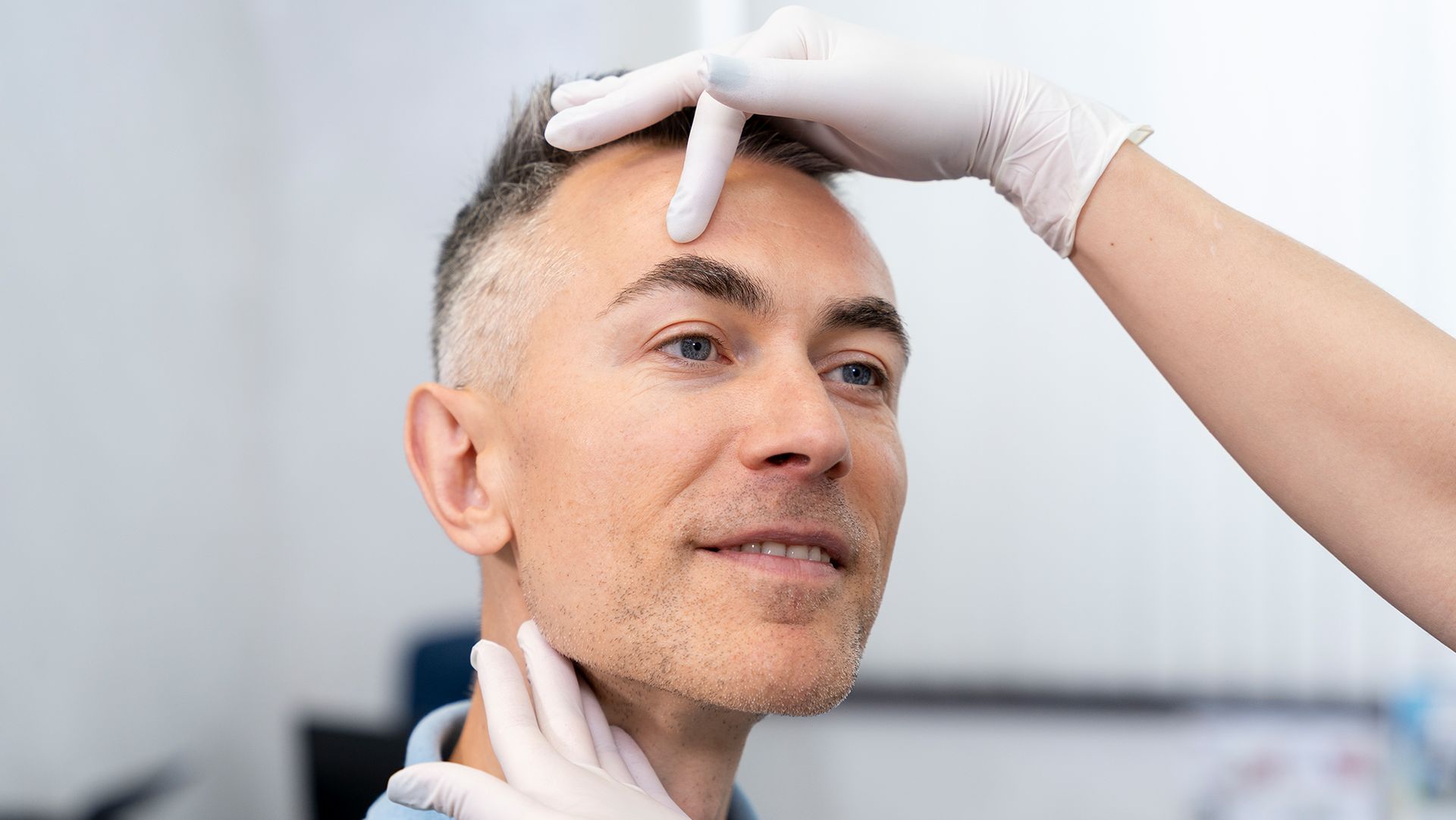Breaking Down the Hair Transplant Cost
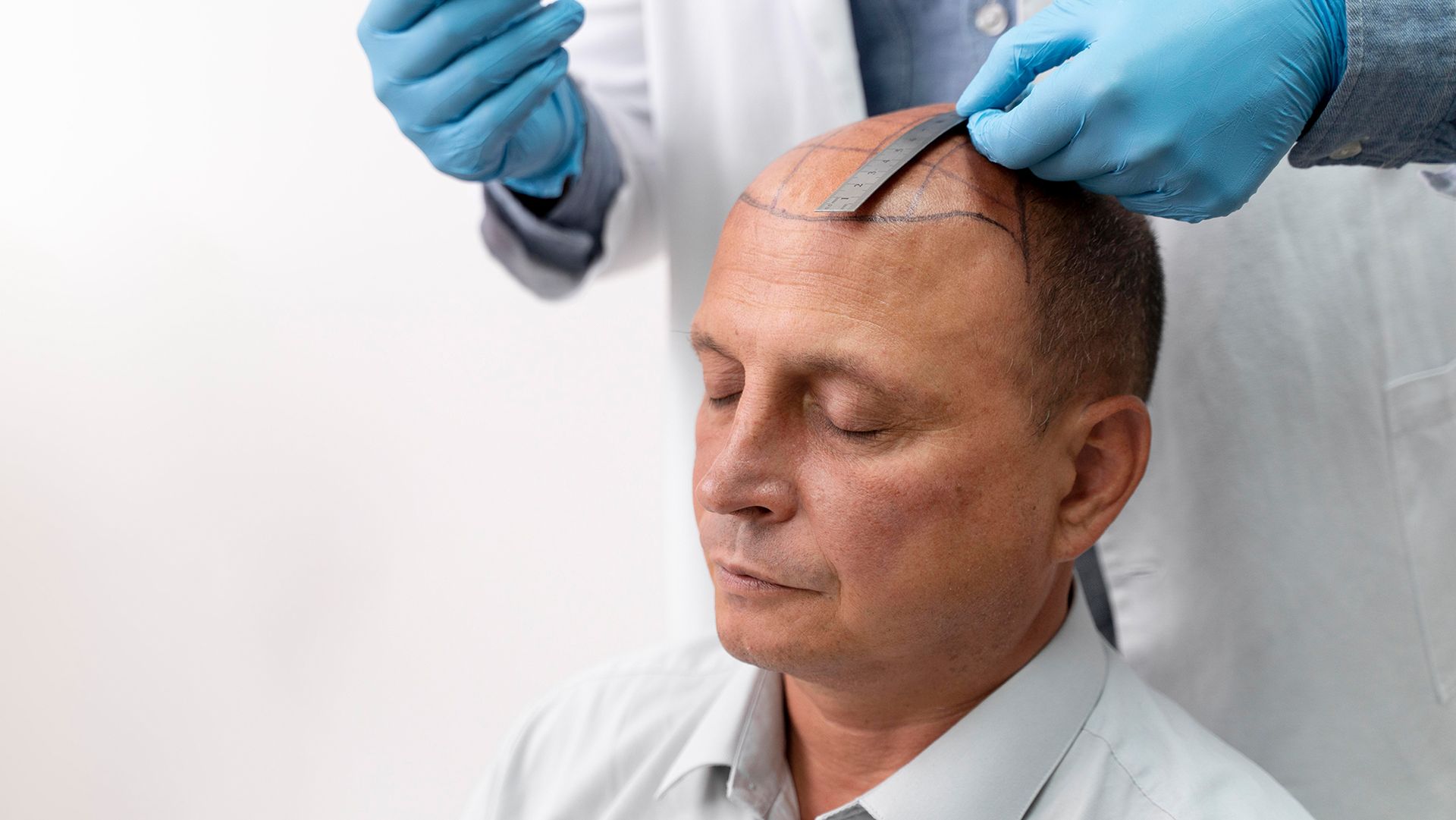
Dealing with hair loss can be challenging for lots of people, especially when it comes to finding the right solution. Among the options available, hair transplant is common.
According to the International Society of Hair Restoration Surgery,
over 600,000 patients received surgical hair restoration procedures in 2021. But before you decide on it, you want to set a proper budget.
Let’s break down the average hair transplant cost and the factors that affect price changes.
How Much Does a Hair Transplant Cost?
Hair transplant procedure prices can vary due to several factors. But generally, you can expect it to go anywhere from $3,000 to over $10,000.
One of the top reasons for this is that the number of grafts a person needs to restore thinning hair can vary. So, the bigger the area you need to cover, the more extensive the procedure.
Keep in mind that some places also quote the cost of your treatment per graft with an average cost of around $2 to $10.
The extraction technique also affects the cost due to the skill and technology required for the best results. Moreover, how you pay for the treatment plays a big role in reducing the expense, among other reasons.
Price of Hair Transplant by Type
The type of hair transplant procedure you receive can determine what range you can expect. Many recommend getting a consultation and asking for an estimate considering your condition and the surgery you prefer.
This way, you can stick to a base cost and consider the potential prices including additional treatments, aftercare, and more. Here’s an idea of each procedure’s average price:
Follicular Unit Transplantation
Follicular unit transplantation is one of the two major hair transplant types. Usually, this is the cheaper option because of the nature of the procedure, with the price going up to $12,000.
FUT is the process of taking a strip of the scalp to harvest hair follicles. These will be placed on the thinning areas accordingly.
The procedure is often shorter but healing takes longer due to the likelihood of scarring. Moreover, it requires the help of a surgeon with prior experience or a specialization in hair transplant.
Follicular Unit Extraction
With a follicular unit extraction, you get access to more advanced techniques, sometimes without needing the help of a surgeon. Additionally, many find that it offers more benefits than FUT.
For this procedure, individual hair follicles are taken from the scalp or other parts of the body and moved to thinning areas. Because of this, it tends to take more time to complete. Still, it looks more natural and leaves little to no scars.
Depending on the clinic, you can get this treatment done for a similar cost as FUT since it’s usually only a few thousand dollars higher. But if you get it done with robotic technology, it can go as high as $20,000.
Factors That Affect Hair Restoration Prices
The cost of each procedure can differ depending on a few factors. It includes the following:
Hair Loss Severity
The extent of your hair loss is one of the top reasons the cost of your procedure will change. It can be based on the amount of hair you’ve lost or the number of areas you want restored.
Generally, the more you need to get done, the more expensive the treatment will be. Before you set an appointment, consult with a professional to get an idea of the extent of your condition. You can also use it as a time to get recommendations to help lower the costs.
Provider Location
The price of a hair transplant procedure varies for each city or country. It can be due to the demand for such procedures or the reputation of each clinic. You can also look into other ways to find the best place for a hair transplant.
Although you might want to get the cheapest option available, it helps to choose a clinic near you. This way, you can easily head over when you encounter concerns or need more treatments.
Surgeon’s Background
If you select a surgeon who went through specialized training in hair restoration, you should expect to pay more. It goes the same for a surgeon who many recommend or holds a proven record of success with such treatments.
While they might cost more, it helps to know that your surgeon has the necessary expertise to keep the process smooth. So, you can feel confident about getting excellent results.
Number of Sessions
Some clients might need more than a single session to complete their procedure. While others can finish up in a day, others may require a few weeks or months.
Aside from the severity of the hair loss, note that this also varies based on the hair density you want to achieve. In this case, you can ask the clinic if they offer reduced prices when you get more sessions.
Additional Treatments or Add-ons
You can get additional treatments on top of your initial procedure for an extra cost. Usually, these help you maintain the results of your surgery. A few examples include laser light therapy or non-invasive methods.
You should also calculate aftercare costs based on what your surgeon prescribes you to take. Note that this can depend on the type of hair transplant you get.
Financing Options
How you pay for the procedure can determine how much comes out of your pocket. While it doesn’t necessarily reduce the cost of your treatment, it can help you spread it out. This way, you won’t have to pay for everything at once.
Ask your clinic if they offer different financing options for such procedures. You can also ask your insurance company if anything gets covered.
In Closing
Not everyone will pay for the same hair transplant cost. Several factors can affect the final price of your procedure, from the hair restoration method to the provider and the number of sessions you need.
Even so, you can expect it to go from a few thousand dollars to about $20,000. This estimate helps you set a proper budget and locate the best provider available near you.
